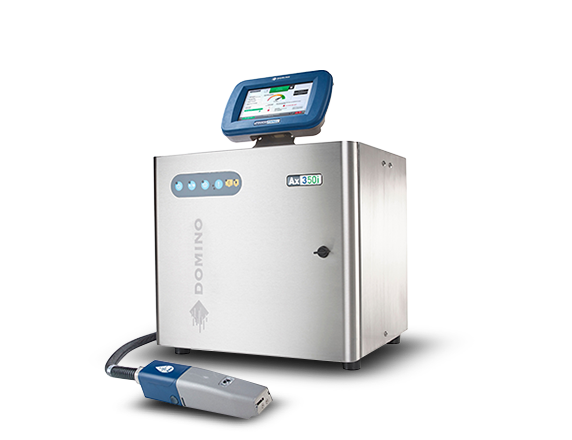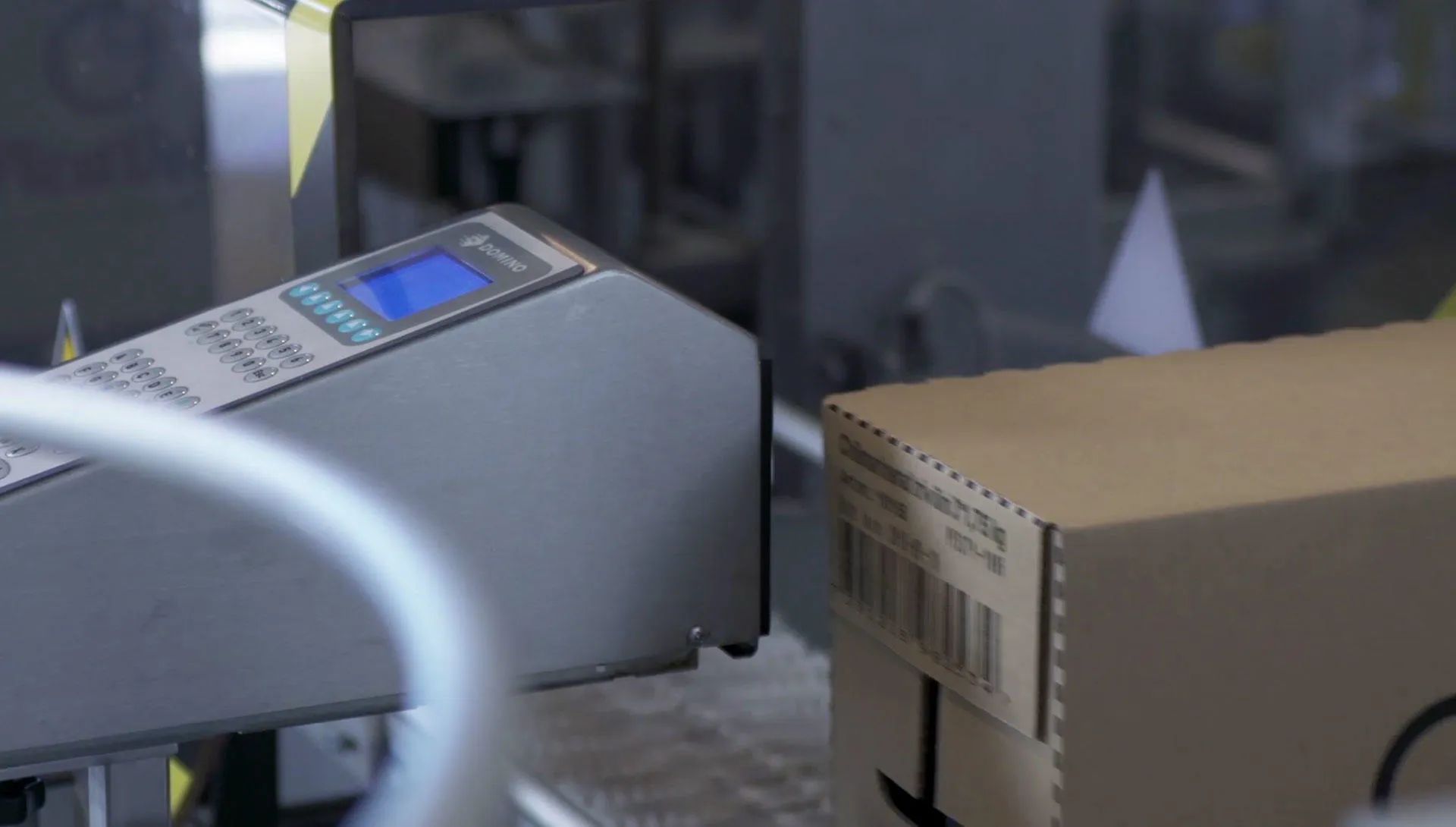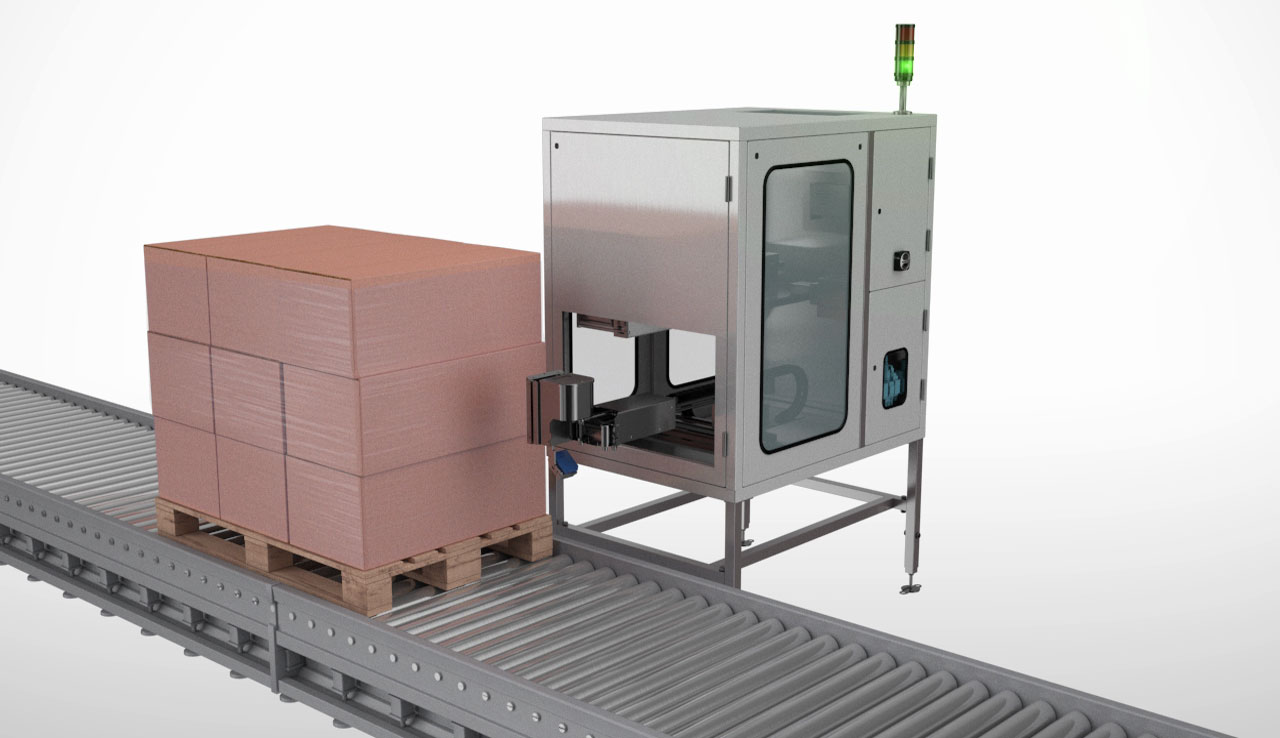What is secondary and tertiary packaging?
If primary packaging is the stuff you see on the shelf (a chocolate bar, for instance), and secondary the case, tray or shrink wrap for multiple items, then tertiary is the box (or multiple boxes) in which they arrived from the supplier- the element of packaging seldom seen by the end consumer.
It’s safe to say that without clear coding and labelling, warehouses across the land would struggle to operate. Trade and retail will only run smoothly if companies are using, displaying and communicating the correct information. Identifying produce and applying barcodes and traceability codes are essential in a productive and functioning goods outfit. It doesn’t matter if you’re displaying the fanciest, brightest, most alluring chocolate bar wrapper in existence – if it can’t get out of the warehouse with the right information, then it may as well not exist at all.
But which is the coding technology to choose? After all, there’s no universal packaging solution to the sheer variety of fast moving consumer goods out there. From bottles to packets to jars, tubs and tubes, the coding solution required will depend entirely on how and what’s being packaged, as well as the speed involved. Thankfully, Domino have been consulting and advising packaging machinery makers, as well as goods manufacturer’s across the globe, on selecting the coding system best suited to the job. A diverse range of technology to code onto variant sizes and materials is necessary.
A-Series
Swift alphanumeric coding for a huge range of substrates. Easy to install and highly flexible, the Domino A-Series family of printers are recognised as the benchmark that all others are measured against. Printing simple codes onto cases, shrink-wraps or trays is an option with this technology.

C-Series
A range of easily-installed and simply operated outer case coders that can handle a wide variety of paper-based substrates - such as wood and corrugated cardboard - as well as sacks, paper, cardboard, plasterboard, and many more. The C-Series is simple, cost-effective and ideal for large text, barcodes and graphics. With incredible economic efficiency, the C-Series +can code up to 1,000,000 cases on just one ink bottle. Instead of purchasing ready-printed or branded corrugated cases, why not customise your messaging right there and then on your production line? Whether you want to adapt the branding on the cases, change bar codes, or print details on items contained, late stage customisation means you can be more flexible with your manufacturing and decision-making on site.
G-Series
The speed, accuracy and flexibility of the G-Series range is ideal for cartons and smaller cases, such as fridge packs or confectionary containers often found in newsagents (Retail Ready Packaging). The coding offers service-free high resolution small text, graphics and barcodes straight to the product’s outer packaging. It’s swift, intuitive and can render any true type font with exceptional clarity.

M-Series
The M-Series is the ultimate modular print-and-apply label coding system for your production line, ensuring supply chain compliance with GS1 coding capability. With large manufacturers shipping to many differing customers and global destinations, you’re going to need the capability to make swift changes as batches demand. Intuitive pad design and easy programming means the M-Series can accommodate multiple label sizes - essential if you have a wide range of needs on a varied production line. Barcodes, text, graphics and full traceability fulfil every coding need for secondary and tertiary packaging. If your operation commands high-pressure, fast pallet labelling, the pallet labeler is designed with warehouse operations in mind. featuring left or right hand options and simple barcode scanning for your tertiary packaging.
For cases, trays and shrink wraps check out the Domino M230i.
For pallet labelling, have a look at our the Domino M230i Pallet Labeler.

Read our blog: ‘How to choose print and apply labelling technology’
What’s the best option for your business?
With such a variety of options, it’s worth taking the time to think about your business needs when choosing which coding technology will work best for your products. What are you packing? How protected does it need to be from either contamination or knocks? How specific does your labelling need to be? Will you need individual codes at product level? Does your packaging have mixed substrates? How fast a line are you running and does that vary? Such questions need careful consideration before you can optimize your coding – on occasion multiple technologies can achieve the same, desired outcome but with different pricing and trade-offs.
Got a question? Want to keep up with the latest news and posts? Be sure to tweet and follow us at @dominoprint_uk and let us know your thoughts.